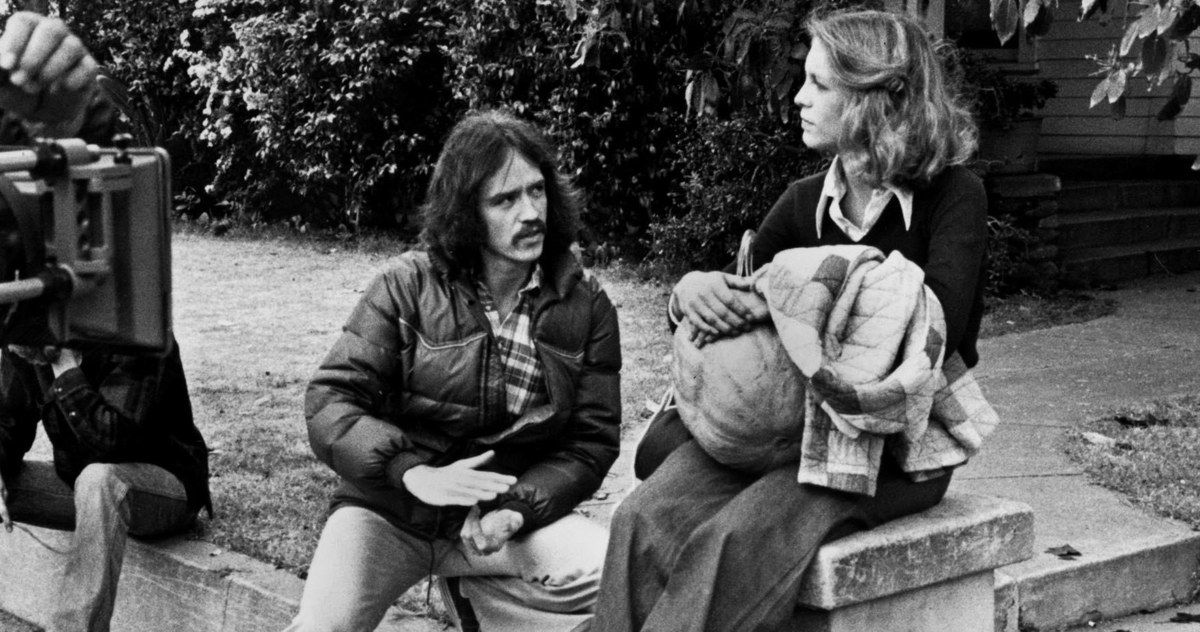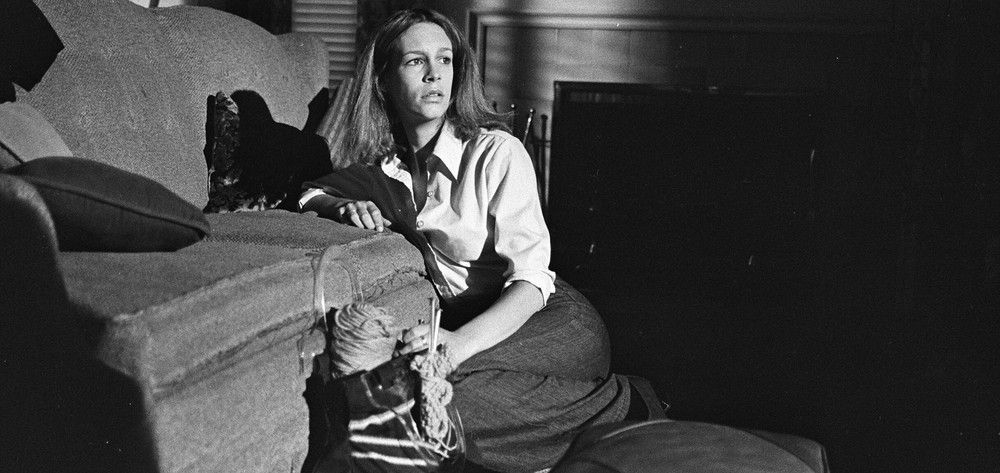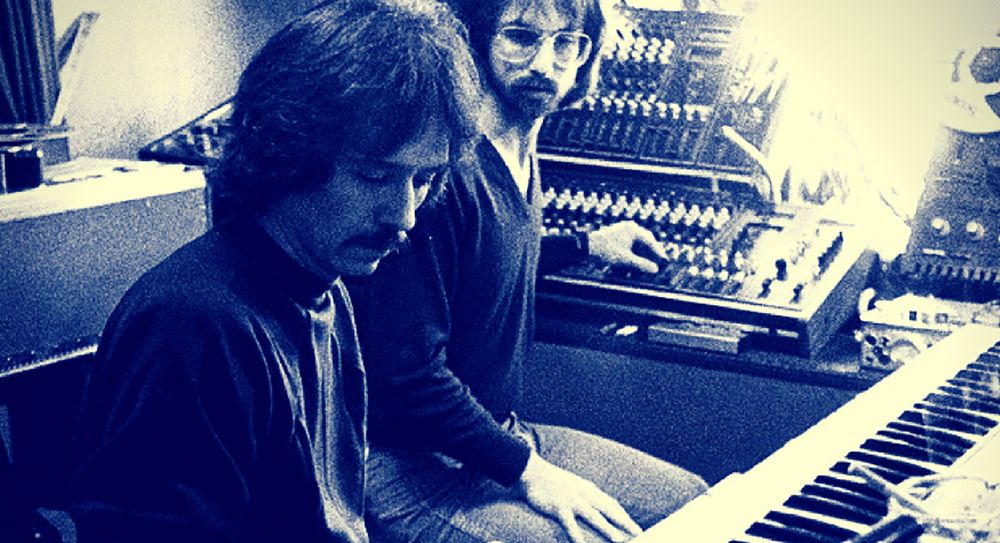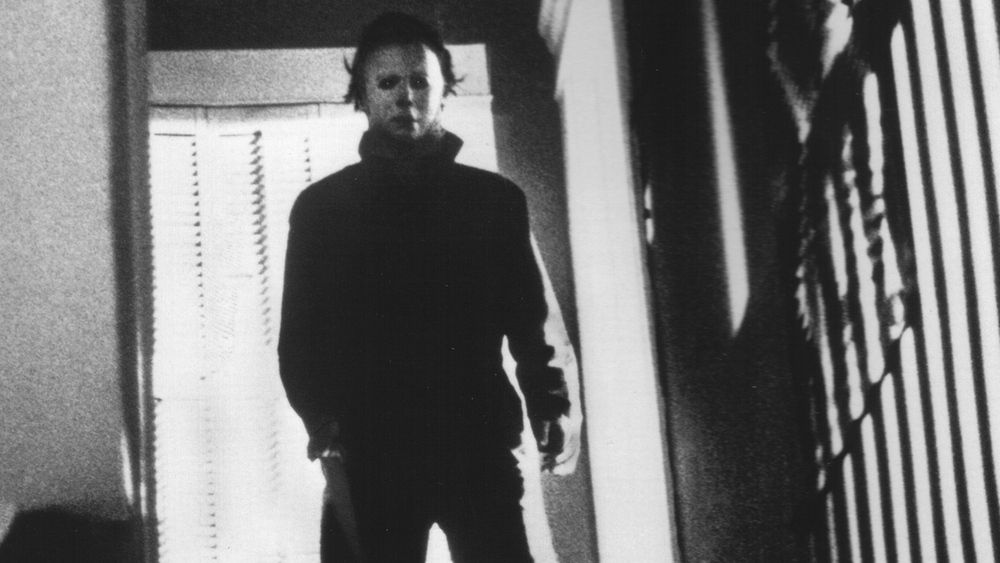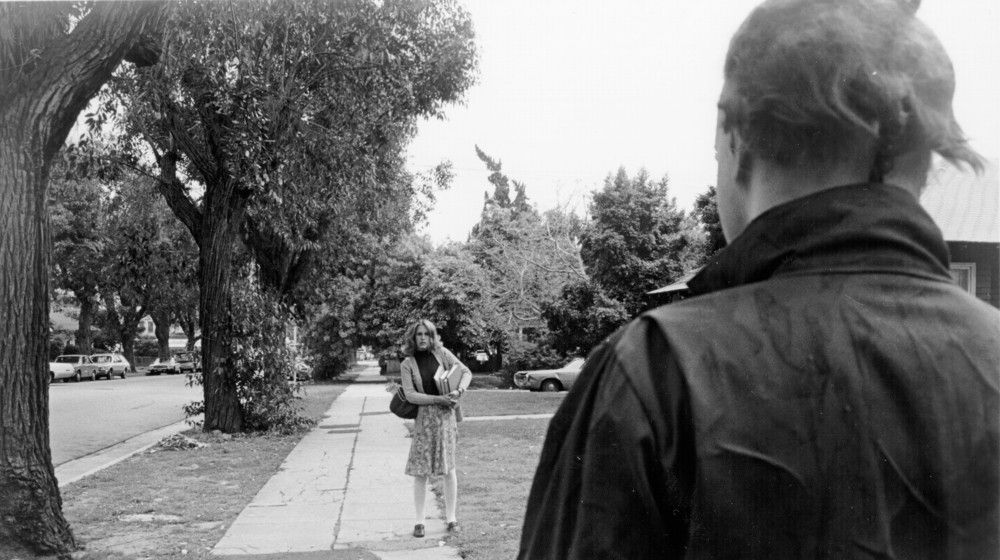John Carpenter is easily one of cinema's biggest giants. The man practically invented the restrained, horror film genre that we see today. These are horror films that move at a slower pace, rely on the musical score, and are cut in such a way that it looks as if the film's editing was done in camera. All of these Carpenterisms of this can be traced back to one film, Halloween.
Sure, John Carpenter made films before this. Assault on Precinct 13 certainly showed the crystallization of an auteur but it was Halloween that established the John Carpenter style. This film would set the groundwork for his soundtracks, how those soundtracks inevitably became characters in the film, editing, classic filmic composition, and how the villain would be introduced in a John Carpenter film. So special was this mixture of the Carpenter style that movies like Friday the 13th and A Nightmare On Elm Street would be forged because of it.
After Halloween, John Carpenter would go on to make other films in which all of the traits of the Carpenter style would be on full display. Yes, he certainly has a canon that can be ranked from best to worst. Within that canon you also find films like Someone's Watching Me!, The Fog, Escape from New York, The Thing, Christine and we haven't even gotten halfway through the 80s yet!
Mixing all the elements of this Carpenter style we are treated to films that can't be genre defined. Yes, Halloween is a horror movie. At the same time it's also a film about evil being allowed to grow unchecked. Christine is about a killer car but it's also about the bargains humanity makes with itself to exist.
Much has been written about the films of John Carpenter. This article seeks to address the stylistic traits of a filmmaker who put everything together very early in his career. These traits have gone on to not only define John Carpenter's career but to create many films that are stylistic brothers, sisters and cousins.
5 Carpenterism [1] The Score
This is is worth the price of admission alone. You know the moment you hear the pulsating, synthetic sound of a John Carpenter score that you can't listen passively. Imagine Halloween without the single taps of the piano keys? Impossible. Think about how the cold, brutality of The Thing would be marred if it didn't have the strains created by Carpenter's keyboard working against Ennio Morricone's original score. Try and imagine if you can Escape from New York or Ghosts of Mars to a lesser degree, working the same way if they didn't have the haunting notes that were classically Carpenter to back them up. I would venture to say that over 50% of the mood in any John Carpenter film is because of the soundtrack that he's employed. Once it starts its very hard not to notice it in the film. This could be a negative if John Carpenter didn't know how to use music. He conveys so much with these simple compositions and that is why I think they resonate they way they do. Halloween really used his soundtrack as the blueprint for all the Carpenter films to come. They may not have employed the music in the same way. The music may not sound the same. However, it all works because it comes from the same place and is being layered over and under one man's filmic language.
4 Carpenterism [2] How That Sound is Used
Movement. That is the best way to describe how John Carpenter employs his use of soundtrack. Whether it's the pulsating sounds that drive the action in Ghosts of Mars, or the chop-socky feel that his sonic creations imbue to the movies like Big Trouble in Little China and Escape from L.A., all of this works to great effect in creating movies that can't help but stand out. There is a richness to the audio that makes moody movies even moodier. Tell me how Escape From New York might play if it didn't have the audio accompaniment that it does? A big reason why that film feels like a horror movie is because the soundtrack strikes fear into the heart of the listeners. Sure, this is stripped down in Halloween, but it's where John Carpenter utilized audio in a way that he would in several other films. Take The Fog, They Live and Christine and tell me that the soundtracks in those films isn't imminently listenable on its own. This past year I had the pleasure of seeing John Carpenter perform many of these soundtracks live. I'll admit, I am a big fan so I was predisposed to liking this concert. However, I came away from it inspired and excited to revisit many of the films whose soundtracks I'd just listened to. Why? Because now I had an even deeper understanding and appreciation of how John Carpenter uses his music to thrust his films forward.
3 Carpenterism [3] Editing
Many horror films are edited to that it seems like the film literally threw up on the screen. From 1978, when Halloween was released, one of the fundamental attributes of John Carpenter's films has been his near dispassionate editing style. His films are so succinctly and simply cut together, that they don't call attention to anything other than the experience of seeing the movie. At no time does it seem like Carpenter is going for cheap tricks with the way his films are cut. Halloween is a truly scary film. A big reason is the restraint that John Carpenter used in the editing room. The film isn't flashy but it has style and it always feels like there is a sure hand behind it. Christine, They Live, Big Trouble In Little China, In the Mouth of Madness and Village of the Damned have all been made across nearly 20 years. Yet, the editing style remains engagingly the same. Scenes are cut with just enough information to keep the audience invested. The action is cut quickly but it's not so quick that you can't tell what's going on. In fact, I am sure that if a cinephile looked hard enough, they could probably stack a bevy of John Carpenter films against one another in an editing timeline, and they'd probably find that the films paced together quite nicely.
2 Carpenterism [4] Classic Film Composition
We've talked about editing but it's now time to go deeper into the films. How do the scenes play out? How are they paced? Look at many of the scenes in which Michael Myers kills people in Halloween. The way those scenes are shot is very similar to how a lot of pivotal scenes in John Carpenter's films are composed. The camera seems to to be peeking in on something that we're not supposed to be watching. It's as if Michael Myers knows that there's a film crew watching him and he doesn't care. It's why he can take time to examine his work and it isn't funny so much as it is chilling. We get this same feeling as we see Snake Plissken move through Manhattan as he attempts to save the President. We feel it again in Christine as we watch the car make it clear to the audience that it has some nefarious plans up its carburetor. This is an inanimate object and its given more emotional depth on screen than most humans. We are treated to this in Village of the Damned, Vampires and a host of other Carpenter films. He's never trying to trick us with his camera movements. Carpenter is never moving the camera without purpose. His goal, as it was in Halloween, appears to be trying to bring us fully and completely into the world of whatever character we are following. John Carpenter isn't afraid to let the camera linger. It is as if it too is in on the process of discovery and, like the audience, it doesn't want to miss a thing.
1 Carpenterism [5] Introducing The "Villain"
You don't watch Halloween to see Michael Myers die. You watch Halloween to see how he is going to dispatch his victims. The hope is that they will get away because we never know if they are escaping or merely playing into Myers' next scheme. Now, John Carpenter didn't make a bunch of serial killer films after Halloween. Still his films were about and featured real villains. Whether the villain is a bigger idea of fear as in The Fog, or a killer car in Christine, or consumerism in They Live, all of this can be traced back to the introduction of the ultimate killer, Michael Myers. John Carpenter is keenly aware of how audiences are going to react to his film's antagonists. Carpenter is also aware of what people expect from on-screen villains. Especially maniacs with weapons who chase people for long stretches at a time. Michael Myers is introduced to us through his eyes. We see the world the way his character sees it which is what makes his actions so incredibly heinous and jarrying. It might seem like the antagonists in The Thing, Village of the Damned and They Live are introduced completely differently than Michael Myers. This is true. At the same time, the pacing, the way we see who is "good" and "bad" in all of John Carpenter's films are pretty much paced out the same way. So while it might seem like there's no similarity in a John Carpenter film, it actually appears that there is great uniformity. There's the voice of an auteur who puts the aforementioned 5 Carpenterisms in all of his films (consciously, I might add), and it all goes back to Halloween.

